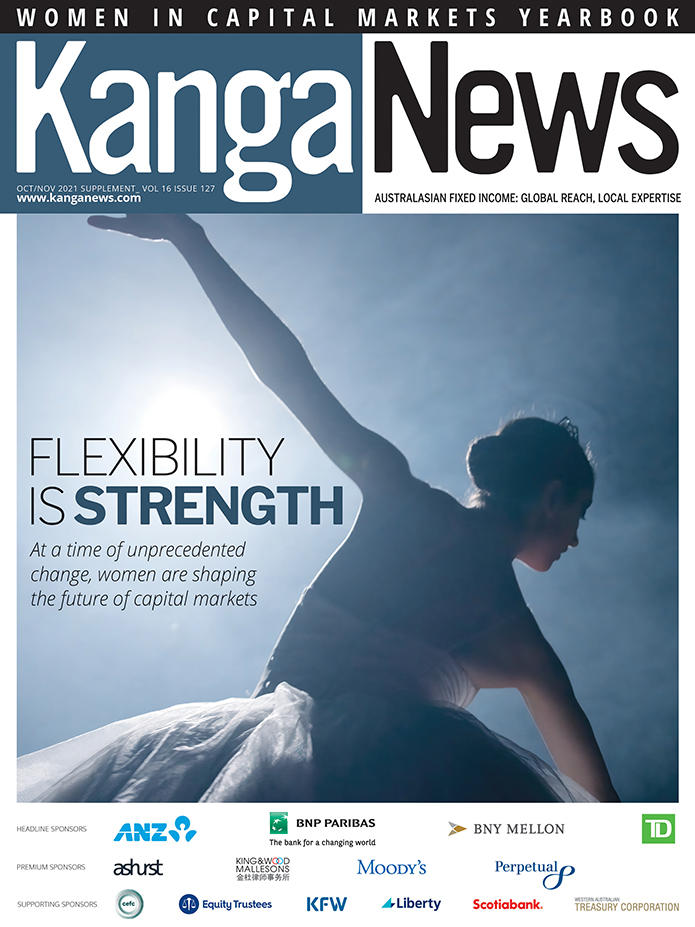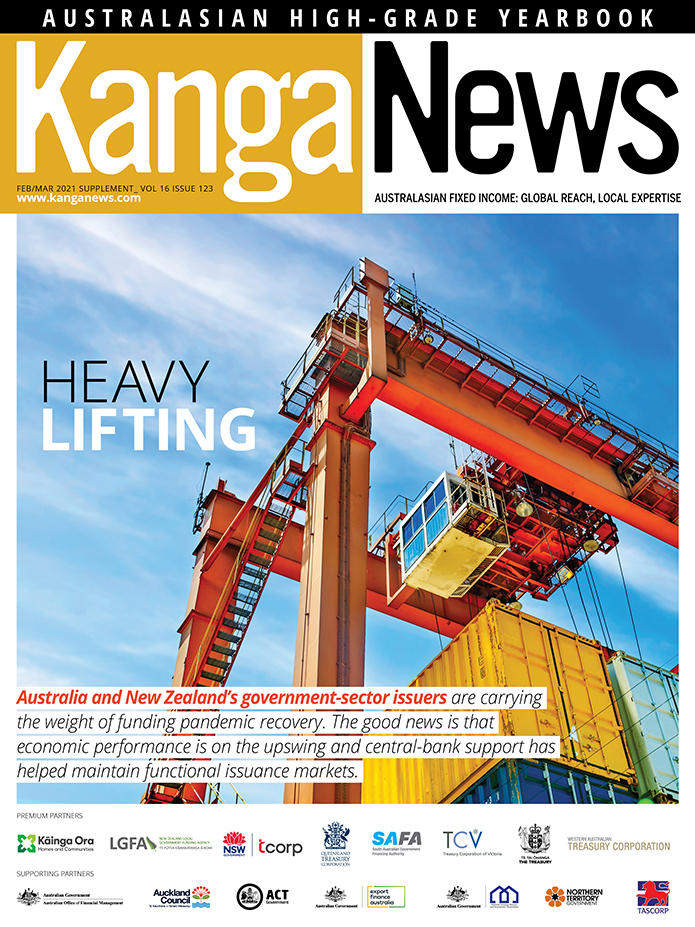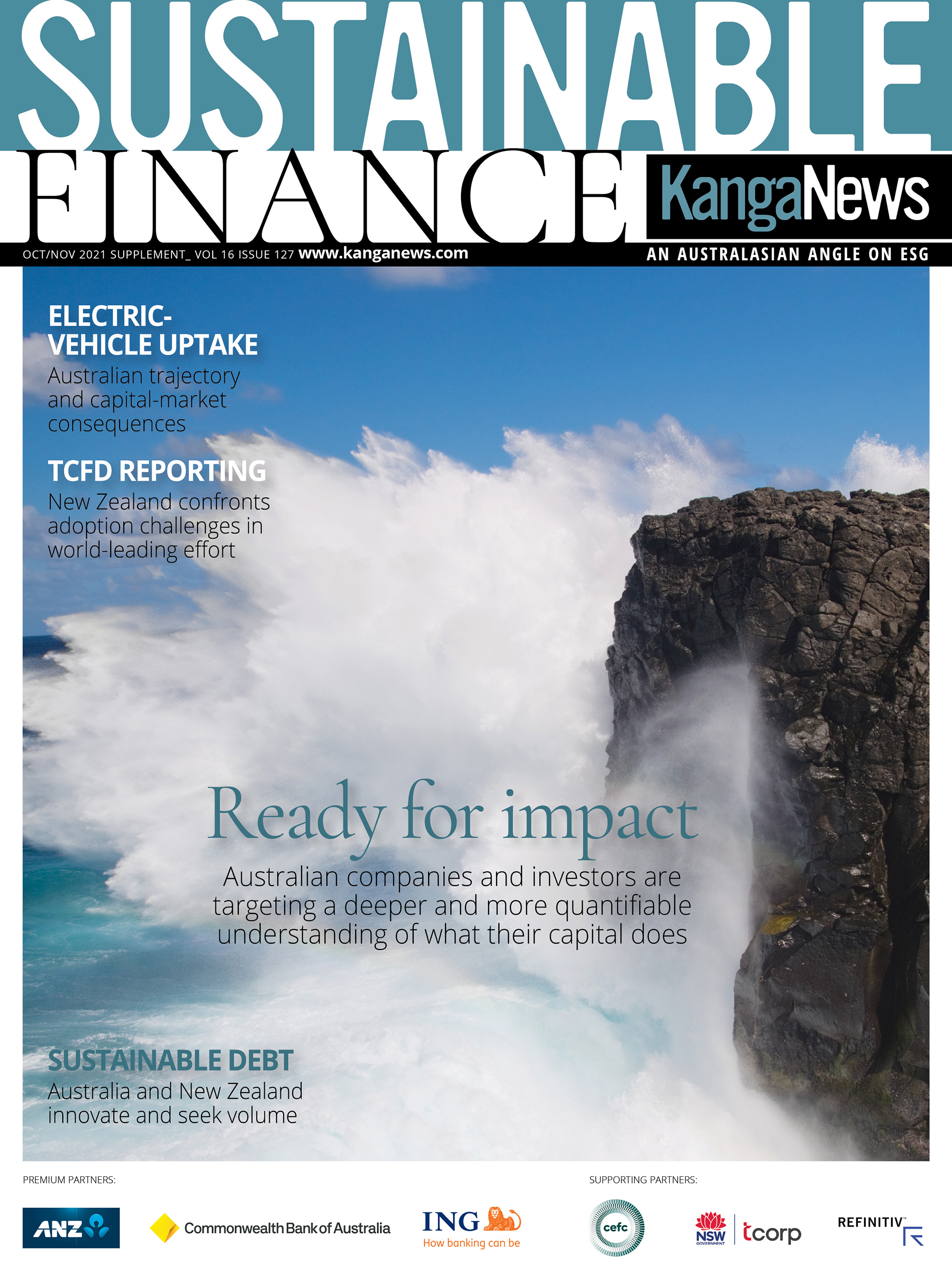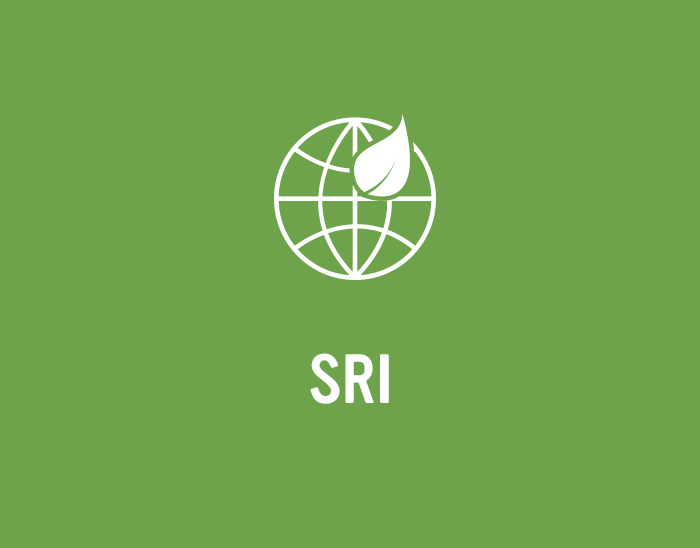
Kainga Ora steps up to tackle New Zealand’s housing crisis
Kainga Ora – Homes and Communities held its second-ever investor day on 14 September to present how the New Zealand government’s direction to tackle housing affordability will affect the agency’s strategy to deliver world-leading public-housing and urban-development projects. Close to 100 attendees participated in the event, which was facilitated by KangaNews.
Kainga Ora is the New Zealand government’s key delivery agency for public, affordable and market housing. It combines Housing New Zealand and its development subsidiary HLC with KiwiBuild Unit, and is completely Crown-owned. The agency prides itself on being a world-class public-housing landlord, partnering with the development community, Maori, local and central governments and others on urban development.
More than 189,000 people live in Kainga Ora properties across 66,253 tenancies, or about 4 per cent of New Zealand’s population, according to its 2020 annual report. Kainga Ora is prioritising tenants’ wellbeing and providing them with good-quality, warm, dry and healthy homes.
To fulfil its Treaty of Waitangi obligations, Kainga Ora has partnered with Maori over the past few years. Henare Te Aika-Puanaki, Te Kurutao regional manager Te Waipounamu, explained that the organisation has been focusing on three main areas. These are the Matauranga Maori programme, which works on lifting organisational Maori cultural capability, the Kainga Ora high-level Maori strategy and Te Kurutao – the establishment of a Maori team at the heart of the organisation.
HOUSING AFFORDABILITY
The issue of housing affordability has plagued New Zealand for several years as house prices skyrocketed and the public-housing register grew significantly. For the June 2021 quarter, 24,474 applicants were on the register – almost double the number from June 2019 and more than four times the amount from June 2017.
This is largely a factor of supply of new houses not keeping pace with population growth for several years, Andrew McKenzie, Kainga Ora chief executive, told virtual-conference delegates. Government initiatives announced this year are seeking to correct this, however.
In March, the New Zealand government announced it would pour a significant amount of money into outcomes to support housing affordability. Most notably, it established a NZ$3.8 billion (US$5.7 billion) housing-acceleration fund to speed up the pace and scale of construction.
This includes at least NZ$1 billion dedicated to the infrastructure acceleration fund (IAF) – a contestable fund designed to allocate funding in infrastructure projects that unlock housing development in the short-to-medium term. It is open to councils, Iwi and developers, and administered by Kainga Ora on behalf of the Crown.
Kainga Ora received more than 200 proposals for the IAF after closing expressions of interest in August. It expects decisions on most of the funding will be made by 2022, with some possibly fast-tracked before the end of 2021.
The government has also provided Kainga Ora the ability to borrow an additional NZ$2 billion over 10 years – to be raised from debt capital markets – for strategic land acquisitions and to increase the pace, scale and mix of housing developments.
New Zealand’s housing problems are complex and difficult to fix, but Caroline McDowall, general manager, commercial group at Kainga Ora, said the government’s initiatives should go some way in helping the agency deliver on its mandate.
As its urban-development functions are both new and broad, Katja Lietz, general manager, urban planning and design, explained Kainga Ora has focused on growing its infrastructure planning paths to service the increased public-housing build and urban activity in its large-scale projects.
With considerable effort deployed to increase the supply of housing across New Zealand – and not just from Kainga Ora – bottlenecks in the construction industry’s supply chain and labour constraints are also a growing concern and one that presents a significant challenge for the agency given the size of its task.
McKenzie said Kainga Ora has been able to avoid any problems so far as its suppliers are well prepared for its needs, but the situation is likely to deteriorate. “The number of building consents issued in the last two years represents massive growth of 25 per cent plus. But we have not had 25 per cent more labour force come in,” he said. “This is definitely a pressure point the sector needs to be thinking through.”
FINANCING STRATEGY
Kainga Ora’s treasurer, Jason Bligh, confirmed the financing strategy remains largely unchanged after the government initiatives, though its borrowing protocol limit has been increased to NZ$8.3 billion from NZ$7.1 billion. Kainga Ora’s plan remains to build volume and liquidity in its bonds – to at least NZ$1 billion apiece – continue monitoring its funding need in line with its capital programme and extend the weighted-average maturity of its portfolio to manage refinancing risk and provide certainty to build programmes.
On the last point, Bligh pointed out that, while the domestic outlook for rates is higher, the current global outlook views long-term rates as transitory. This may facilitate the opportunity for Kainga Ora to extend its curve.
The virtual investor day took place on the same day as New Zealand Debt Management’s 2051 syndicated curve-extension transaction priced. Keeping cost of funds and the marginal reduction in refinancing risk in mind, Bligh said the deal opens the door for Kainga Ora to execute its own plans to extend issuance duration.
One of the highlights of the 2020/21 financial year for Kainga Ora was the establishment of its tender programme. Bligh told investor-day participants there has been strong demand for tenders so far, with around 3.5-times oversubscription on average. Every tender has also printed inside mid-market yield by 2-3 basis points.
The government borrower is not likely to print a follow up to its April 2020 debut inflation-indexed bond (IIB) anytime soon, however. Though the prospect of IIB issuance has been on the rise globally, Bligh said breakeven inflation rates currently make new IIBs too expensive from an investor perspective.
“We have communicated inflation-linked products could potentially be up to 20 per cent of our overall financing book, and at the moment it is about 5 per cent,” Bligh explained. He said Kainga Ora is still open to a rebalanced funding mix but its priority is building up its nominal-bond curve to support its tender programme for the time being.
SUSTAINABILITY AMBITIONS
Having developed a sustainability-financing framework and brought all its bonds under this as labelled “wellbeing bonds” in 2019, Kainga Ora’s sustainability ambitions are focused on how it can improve the processes in its operations.
A major contributor to this is the agency’s first report against the Task Force on Climate-related Financial Disclosures (TCFD) framework – due to be detailed in its upcoming annual report.
The New Zealand government mandated certain entities to produce reports aligned with the TCFD starting from 2023. Matthew Needham, chief financial officer at Kainga Ora, believes becoming an early adopter of TCFD reporting shows leadership, as TCFD will become of greater market importance for borrowers’ ability to access finance in the years ahead.
Alec Tang, Kainga Ora’s director, sustainability, said the disclosure will include an analysis of flood-risk exposure but the organisation is still developing its reporting ability. “We are now looking to improve on data – to better understand what risks we are exposed to – and thinking about the strategies to manage those risks for the existing portfolio as well as where we are looking to build,” he said.
Needham revealed one of the main challenges facing Kainga Ora is monitoring its supply-chain – or scope-three – emissions, which comprise a bulk of the organisation’s total emissions. But it also offers the greatest area of opportunity, he added.
“We have a significant amount of buying power and we are a key influence in the supply chain,” Needham said. “It offers us the greatest opportunity to drive system transformation.”
Brian Berg, manager of Kainga Ora’s carbon-neutral housing team, explained this is being achieved through the agency’s carbon-neutral building programme. It involves developing innovative passive-pilot projects aligned with the Ministry of Business, Innovation and Employment’s building for climate change programme.
“The programme is where we can have the most impact on our own business, but then also be a market leader and help to support and transform the New Zealand construction sector so it can play its part in the country’s transition to a net-zero carbon economy,” Berg said.
But in delivering on its objective to provide sustainable homes, Kainga Ora comes up against its other pressing objective – to get as many people into homes as possible. The problem is that the housing and construction sector has traditionally been a poor performer when it comes to delivering sustainable outcomes, Alex Baker, manager, sustainability advisory and analysis at Kainga Ora, explained. Transforming it into a market leader is no quick fix.
“We need to do our design right at the start and then follow through on it. It is very difficult and expensive later in the piece to decide we want to deliver something more sustainably. We need to make these decisions early on – and this is also a time when we are trying to go as fast as possible to deliver housing in response to New Zealand’s housing crisis.”

WOMEN IN CAPITAL MARKETS Yearbook 2021
KangaNews's annual yearbook amplifying female voices in the Australian capital market.

HIGH-GRADE ISSUERS YEARBOOK 2021
The ultimate guide to Australian and New Zealand government-sector borrowers.

KANGANEWS SUSTAINABLE FINANCE H2 2021
KangaNews is proud to share cutting-edge information from the global and Australasian sustainable debt market.











